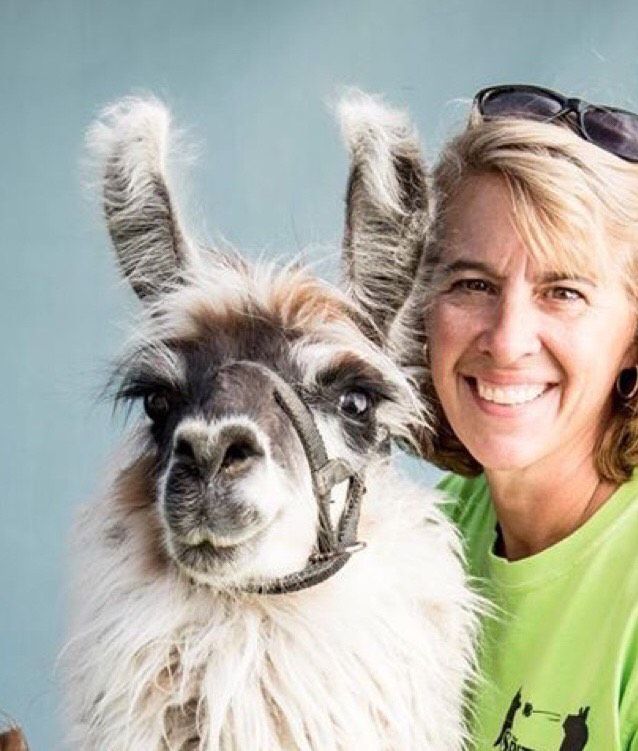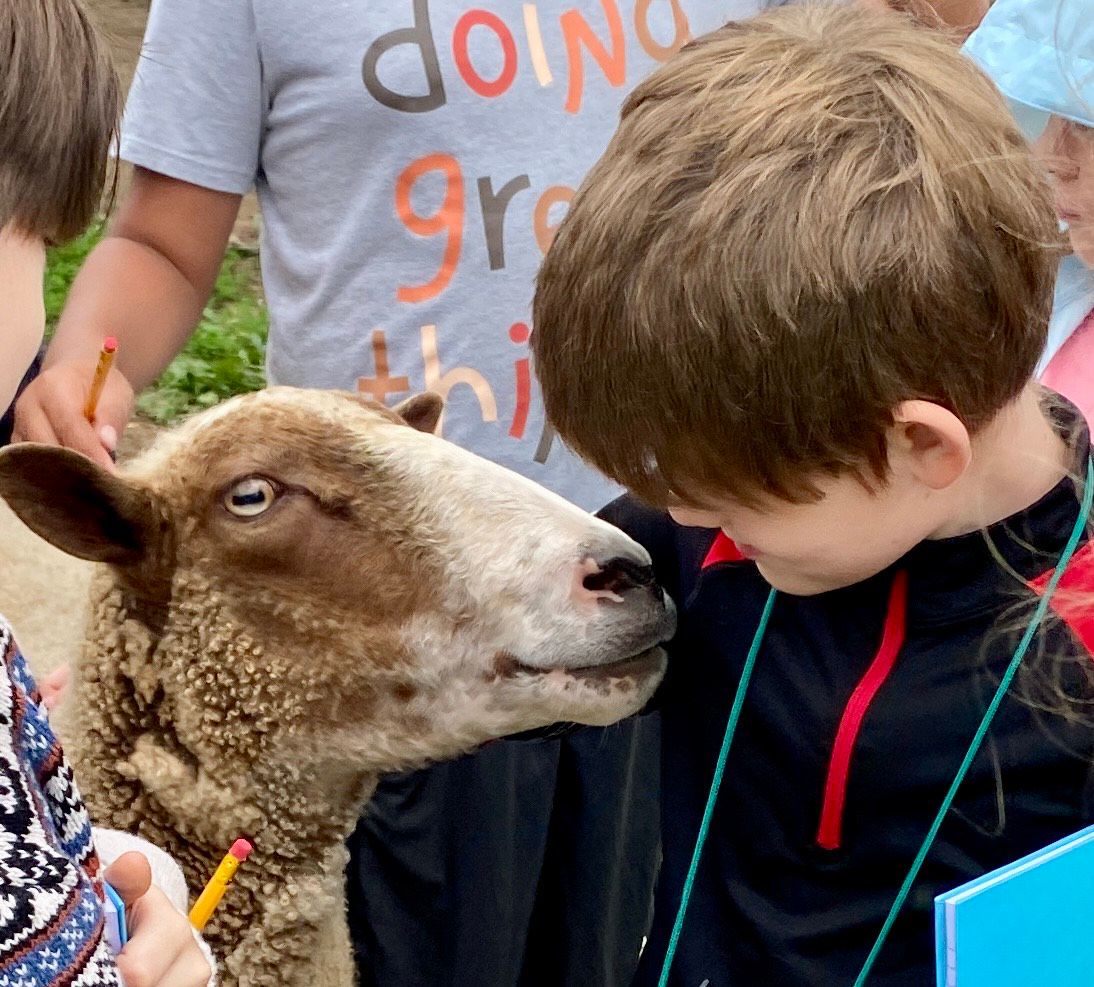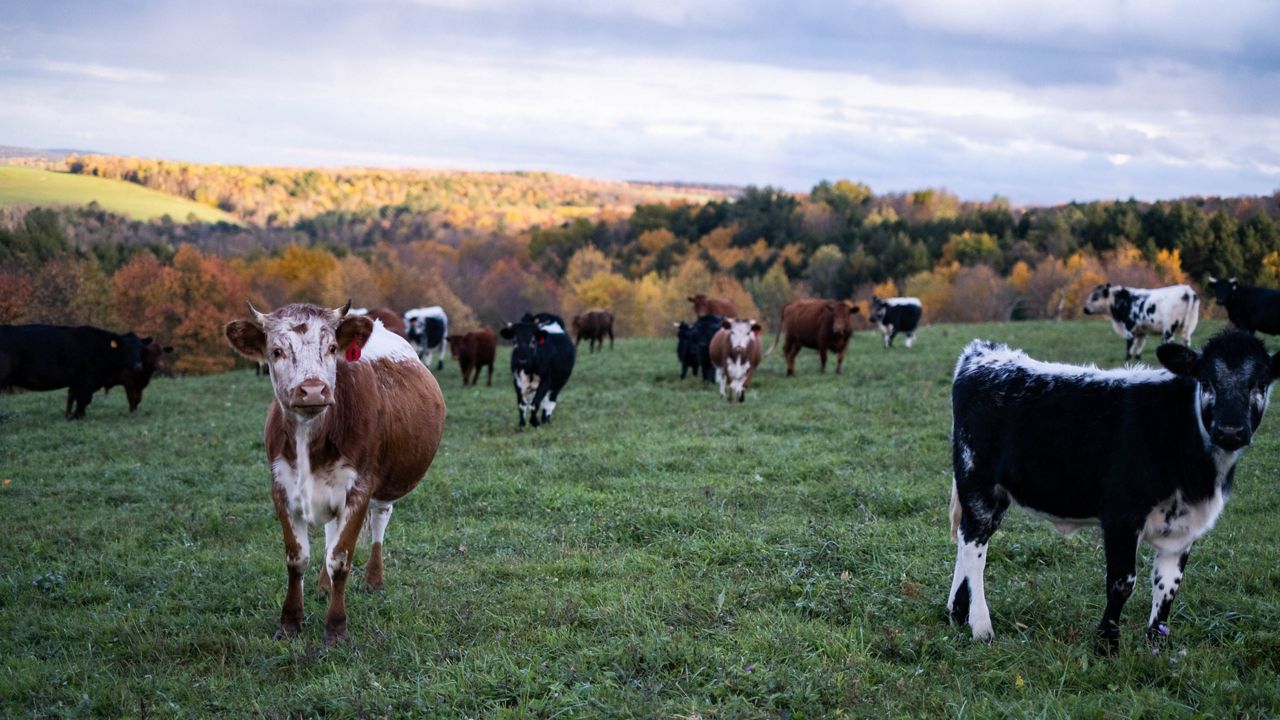For female farmers like Andrea Parent-Tibbetts, building connections to other women in the field is vital as many find themselves running farms for the first time.
In 2016, Parent-Tibbetts started Clover Brooke Farm in the Hudson Valley when her children joined 4-H but has grown it into an agrotourism destination where she produces natural fiber products from sheep, llamas, alpacas and goats.
As a newer farmer, she set out to find resources and courses to connect with other women. She found Cornell Cooperative Extension’s six-week, no-cost course called Annie’s Project that focuses on empowering women in agriculture.
“I felt somewhat vulnerable as a woman who had never farmed before,” she said.
In addition to learning more about operating the farm, she wanted to build a network of support with other women.

“Women deserve the same access to resources as everyone else, whether that’s someone of the opposite sex or a third- or fourth-generation farmer,” Parent-Tibbetts said.
According to the USDA’s census of agriculture from 2017, more than half of the country’s farms have a least one female producer. The data also says there are approximately 14,000 farms in New York that are owned and operated by a woman.
Annie’s Project, which began in 2003 out of the University of Illinois, was introduced in New York about 10 years ago, said Laura Biasillo, an agricultural economic development specialist at CCE.

“The program is meant to engage women working in agriculture whether it’s farming, or working for some type of agriculture enterprise,” Biasillo said. “It’s really meant to strengthen their business management skills and be able to feel more comfortable conducting risk assessment to make their business stronger and make more informed decisions.”
Biasillo says the program was started by a woman named Ruth Hambleton, whose mother was a farmer.
“What [Ruth] saw was really that women often on the farm are doing the bulk of that back office, backbone work, not necessarily production,” Biasillo said. “Women on a farm, if they’re not engaging in production, they’re on these other sides and so we want to help them feel more comfortable when they having to make those decisions.”
Biasillo says the class is also meant to help farmers make connections with support agencies.
“Making connections with local institutions, or folks at the USDA so that when things do come up or they do have questions that they know how they can talk to,” Biasillo said. “That’s always one of the biggest challenges is that it’s difficult to navigate who exactly you should speak with.”




